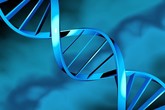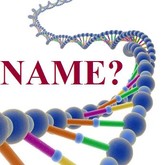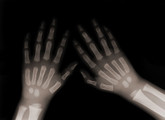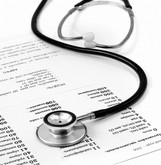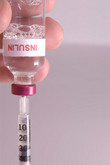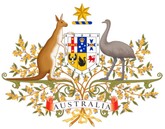Biosimilars
Biosimilars approved in Japan
Last update: 24 October 2023
In Japan, the regulatory body for the approval of medicines, including biologicals, is the Ministry for Health Labour and Welfare (MHLW).
Kissei makes biosimilars deal with Alteogen
Japan-based Kissei Pharmaceutical (Kissei) announced on 13 February 2014 that the company had entered into a collaboration agreement with South Korean biologicals company Alteogen.
EU majority says same INNs for biosimilars
According to recently published summary minutes from an October 2013 meeting of the European Commission’s Pharmaceutical Committee, the majority of EU Member States agree that biosimilars should have the same international non-proprietary name (INN) as their reference biological.
Inflammatory arthritis: auditioning for the role of biosimilar
Targeted biological therapies have proven themselves highly effective in the treatment of inflammatory joint diseases, but their benefits are restricted by cost. Biosimilars of these therapies would offer affordable alternatives, but establishing biosimilarity presents many challenges, write Professors Jonathan Kay and Josef Smolen [1].
Biocon and Mylan challenge Indian ban on trastuzumab ‘similar biologics’
India-based biologicals specialist Biocon and US generics maker Mylan have challenged the Delhi High Court’s interim order that barred them from using Switzerland-based drug giant Roche’s data to sell their ‘similar biologic’ versions of Roche’s breast cancer blockbuster Herceptin (trastuzumab).
Merck and Samsung Bioepis collaborate on biosimilar insulin
US pharma giant Merck and Korean electronics giant Samsung’s specialized biologicals unit, Samsung Bioepis, announced on 10 February 2014 that they had expanded their collaboration with an agreement to develop, manufacture and commercialize MK-1293, a biosimilar insulin glargine candidate for the treatment of patients with type 1 and type 2 diabetes.
Alvogen launches infliximab biosimilar in Europe
US generics company Alvogen announced on 13 February 2014 that it had launched the infliximab biosimilar Inflectra in Central and Eastern Europe in collaboration with Hospira.
Guiding principles for biosimilars development
In contrast to chemically synthesized small-molecule drugs, biologicals have complex structures of high molecular weight. Therefore, even small changes in the production processes may lead to differences in the final product. The manufacturers of the originator product are not required to disclose their manufacturing process after the patent expiry. This gap in knowledge increases the probability of introducing changes in the manufacturing process of biosimilars, making producing an identical copy of a biological virtually impossible. Indeed, even different batches of the same originator biological may show a certain level of heterogeneity.
Biosimilars approved in Australia
Last update: 6 May 2025
In Australia, the legal framework for approving medicines was established via the Therapeutic Goods Act 1989.
Use of formularies could increase use of biosimilars
Whether or not the US Food and Drug Administration (FDA) permits automatic substitution of biosimilars, healthcare systems can still consider using formularies as a way to increase the use of more affordable biosimilars [1].
